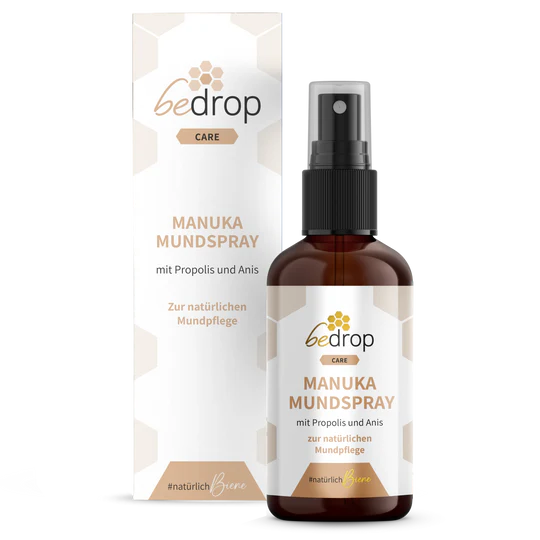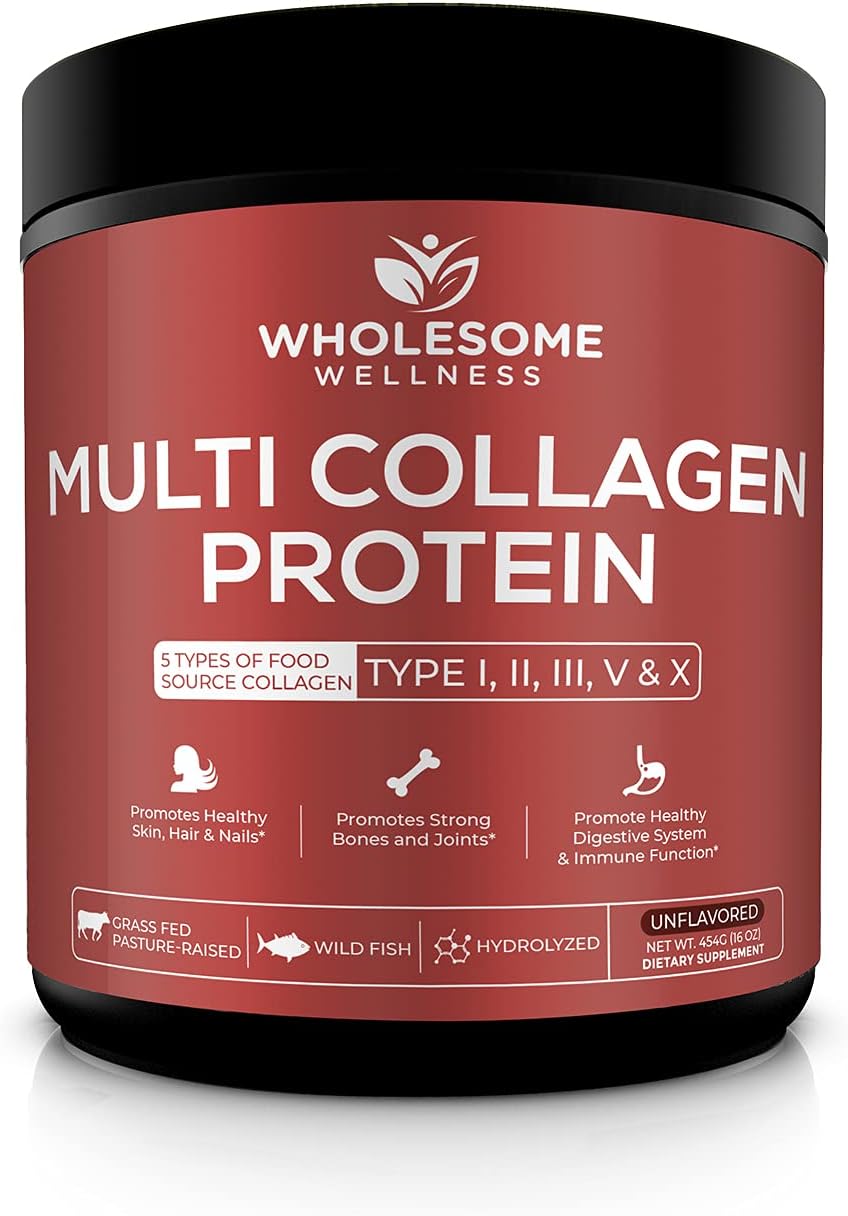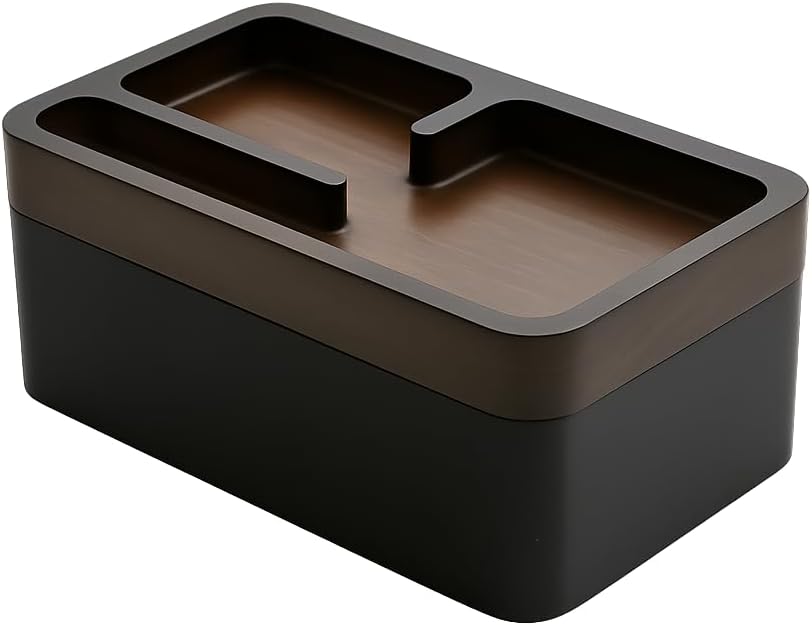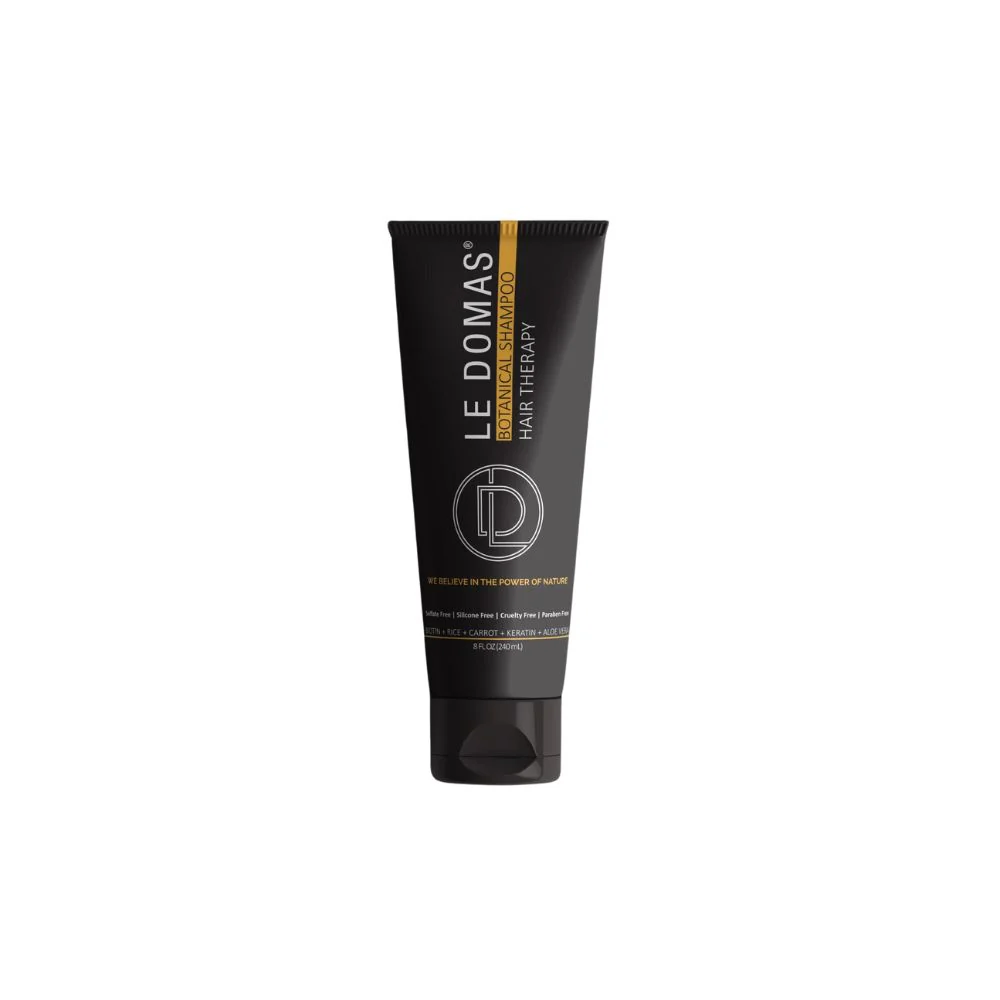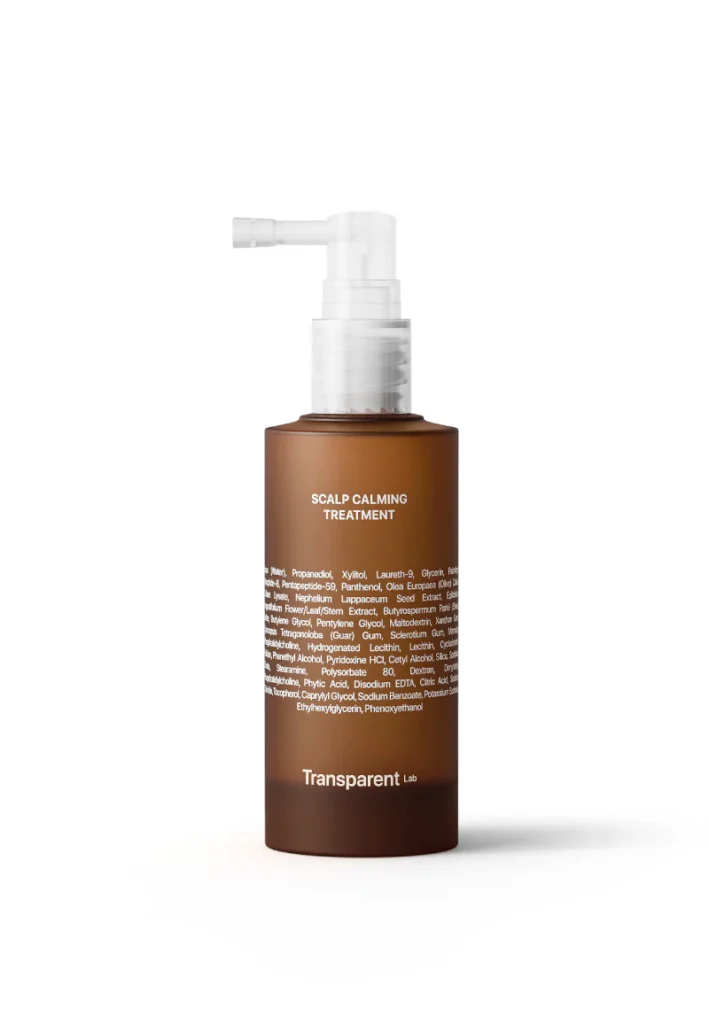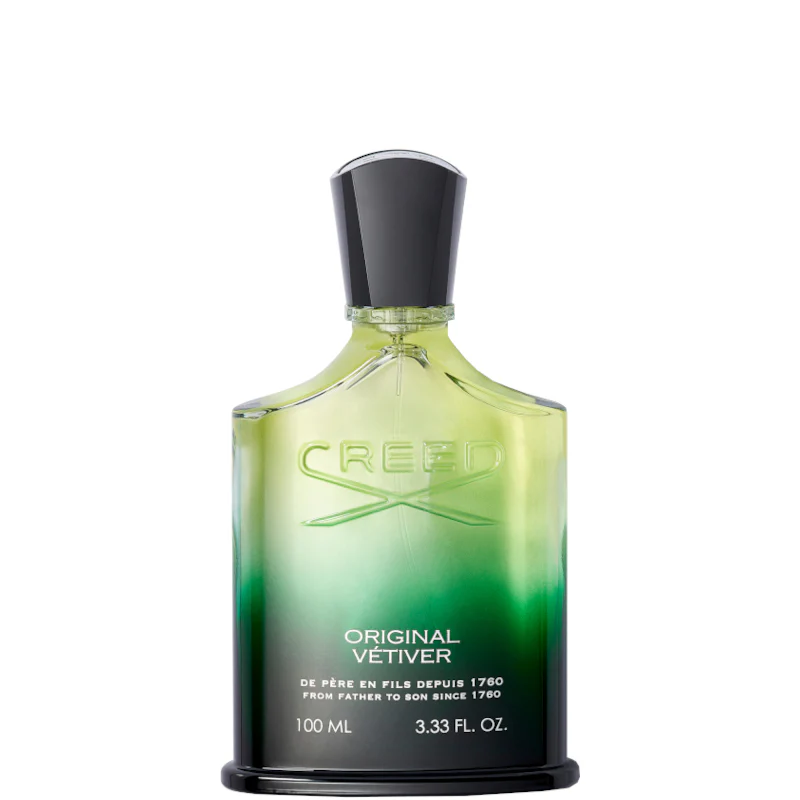Life gets loud — tight schedules, dry air indoors, travel days that wreck routines. In this article, we’ll demystify propolis so you can use it confidently: what it is, how to pick a format, smart ways to add it to your day, and what to look for in sourcing and quality. We’ll reference Bedrop Propolis as an example of curated, bee-friendly products built for simple daily use, whether you prefer a spray, tincture, or topical.
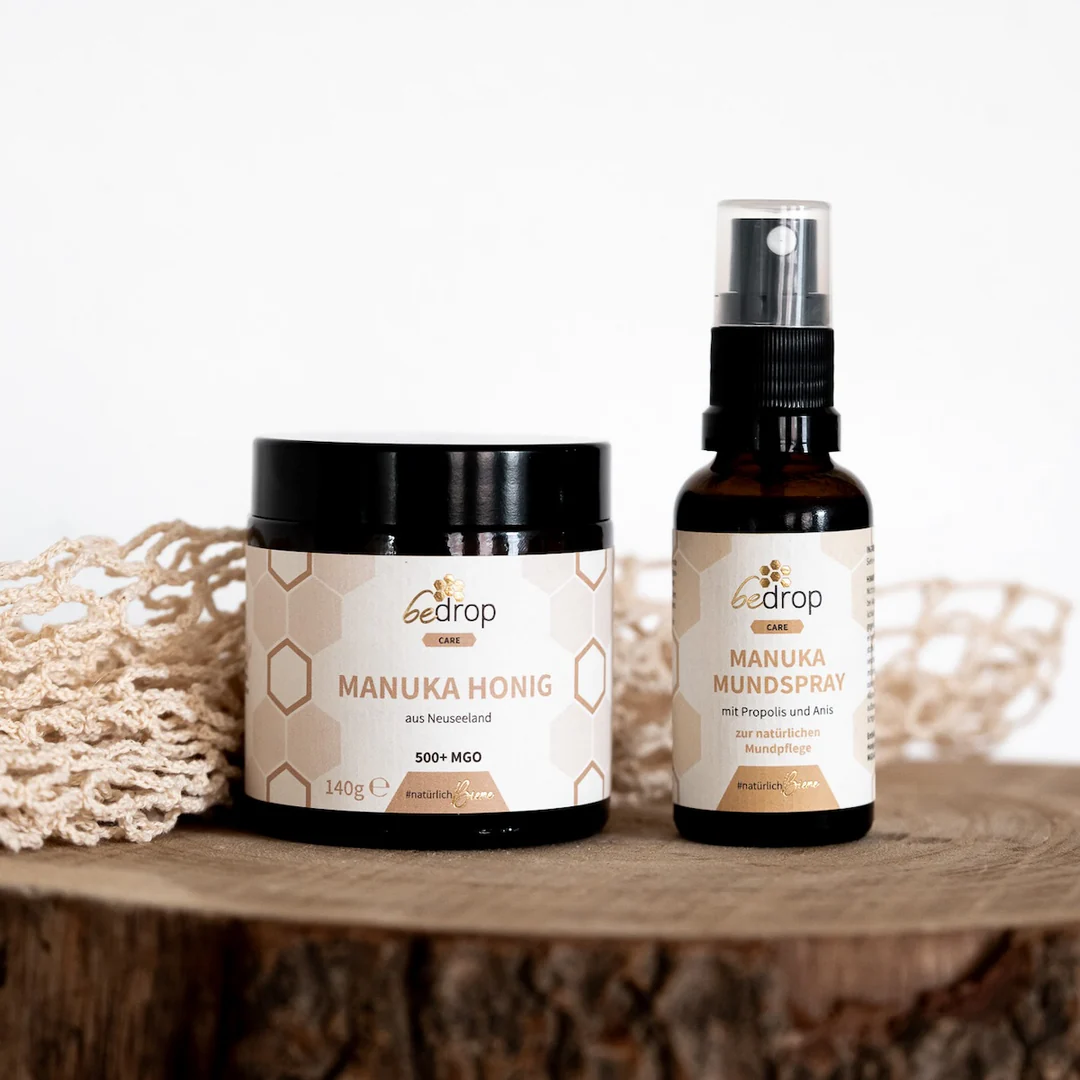
What Propolis Actually Is (and Why People Use It)
Propolis is the resin-like substance honeybees collect from tree buds and mix with wax and enzymes to seal and protect the hive. Think of it as the hive’s “natural varnish” — a protective layer that keeps interiors clean and stable. In personal care, people reach for propolis because it fits into gentle, everyday routines: a quick throat spray before a presentation, a few drops in warm water on a cold morning, or a dab in a DIY balm. The key idea isn’t miracle claims; it’s consistent, low-effort care that feels grounded and simple.
Formats: Spray, Drops, and Topicals — Which One Fits Your Day?
Different days call for different tools. Sprays shine when you want ultra-fast, on-the-go use — a couple of spritzes before a call or after a commute. Tincture/drops are for the ritual lovers: add to warm (not boiling) water, a spoon of honey, or a smoothie. Topicals are for localized care; look for clean base oils and waxes. With Bedrop Propolis, the line typically covers these core formats so you can match product to context instead of forcing one format to do it all.
Quality Markers You Can Actually Check
Not all propolis is the same — regional flora, extraction method, and formulation choices all change the final product. Here’s a quick, practical checklist:
- Clear labeling: You want straightforward ingredient lists and stated propolis content (often expressed as % or mg per serving).
- Extraction approach: Alcohol-based tinctures tend to be potent and shelf-stable; alcohol-free options exist for sensitive users.
- Consistency & color: Natural variation is normal (season and plants), but good producers keep batches sensory-consistent.
- Unnecessary extras: Skip heavy sweeteners, artificial colors, or mystery “complexes.” Simple formulas travel farther.
- Sourcing values: Look for bee-friendly messaging that aligns with responsible apiculture.
In the Bedrop Propolis lineup, the draw is a quality-first posture: transparent formats and an ingredient philosophy that favors clarity over clutter.
How to Use Propolis Without Overthinking It
You don’t need elaborate routines. Start minimal, then personalize:
- Morning cue: 2–3 sprays or drops with warm water before coffee — it feels like a small “reset” for the day.
- Workspace habit: Keep a spray at your desk to counter dry office air; a tiny ritual helps you hydrate and pause.
- Travel kit: A compact spray in your carry-on is perfect for long train or flight days when you want familiar comforts.
- Evening wind-down: A warm cup with a drop or two, plus a book — keep it gentle and screen-light.
The aim is repeatability. Bedrop Propolis products are designed to slot into these micro-moments, so you actually use them — and keep using them.
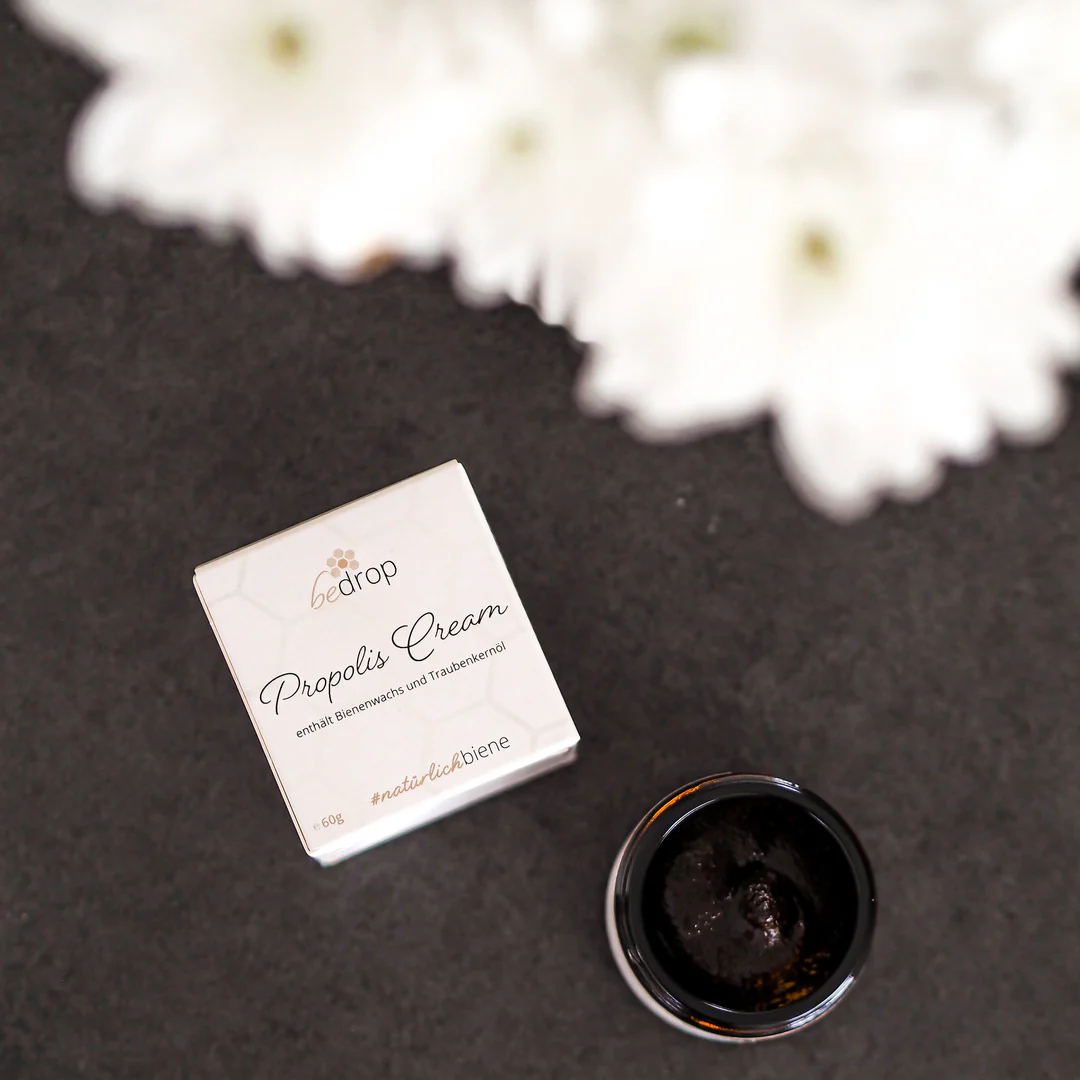
Taste & Texture: What to Expect (and How to Pair It)
Propolis has a distinctly resinous, slightly herbal taste — more forest than candy. If you’re new to it, try one small serving in warm water with lemon or a drizzle of honey. For sprays, start with the lowest number of spritzes and work up if you like the flavor. Texture-wise, tinctures are fluid and disperse easily; topicals feel balmy, not oily, if the base is well balanced.
Pairing Propolis with the Rest of Your Routine
Propolis plays well with simple wellness basics: hydration, fresh air, and a stable sleep schedule. It also complements pantry classics like honey, lemon, and ginger. If you already use bee products (honey or pollen), treat Bedrop Propolis as a small, concentrated accent: a spray for “now,” a drop for “slow.” Keep your base routine constant; layer propolis as a helper, not a replacement for fundamentals.
Sensible Use: Safety Notes and Common-Sense Boundaries
A few grounded reminders:
- Allergies: If you’re allergic to bee products, tree resins, or certain pollens, be cautious. Patch-test topicals; start low with sprays/drops.
- Kids & pregnancy: When in doubt, ask a qualified professional. Avoid experimentation; choose the most conservative path.
- Medication timing: Keep a buffer around prescription schedules, especially if an alcohol-based tincture is involved.
- Label rules: Respect serving guidance — more isn’t better, consistency is.
This is about gentle, everyday care, not pushing limits.
Sustainability: Bee-Friendly Starts with Producer Choices
Supporting producers who prioritize bee health matters. That includes respectful hive management, seasonal timing, and leaving enough resources for the colony. Packaging also counts — prefer recyclable glass and minimal plastics. The appeal of the Bedrop Propolis approach is that it aligns product design with these values: straightforward recipes and packaging that feels responsible in hand and on the shelf.
A Minimal Starter Plan (Two Items, Maximum Flex)
If you’re just getting started, build a tiny “duo”:
- Propolis Spray — desk, pocket, or bag. Instant and travel-friendly.
- Propolis Drops — lives at home next to the kettle. Your evening slow-down.
Add a topical later if you discover a use case. This way, you learn what you actually reach for instead of collecting half-used bottles.
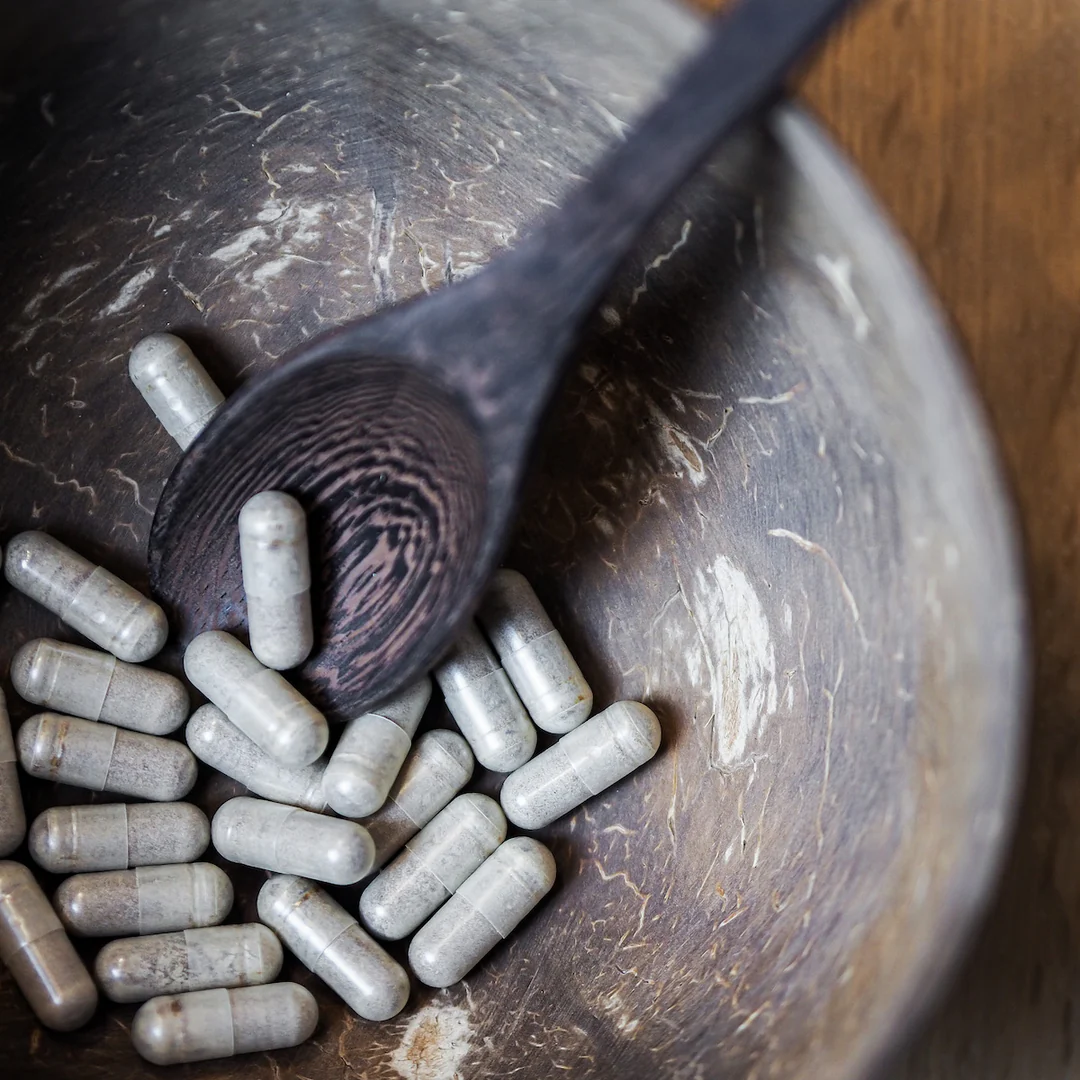
Flavor Tweaks & Small Upgrades
- Citrus lift: A lemon slice makes warm water with drops feel brighter.
- Honey pairing: A teaspoon of good honey rounds resin notes for beginners.
- Herbal company: Mint or chamomile plays nicely; avoid overpowering spices at first so you can taste the propolis itself.
- Cup ritual: Use a favorite mug — tiny design choices make habits stick.
Travel & Office Etiquette (Yes, Really)
Sprays are discreet; aim away from others and from shared surfaces. Tinctures travel best in leak-proof bottles inside a small zip pouch. Keep labels visible — coworkers are curious, and clarity avoids confusion. At security checkpoints, treat sprays as liquids and pack accordingly.
Common Myths, Debunked (Gently)
- “It has to burn to work.” No. A mild tingle from alcohol-based sprays can happen, but “stronger” isn’t synonymous with “better.”
- “All propolis tastes the same.” Not at all — it reflects local flora. Subtle differences are normal and part of the charm.
- “If I don’t see overnight change, it’s useless.” Propolis sits in the category of small, consistent habits — the effect is cumulative.
Storage & Shelf Life
Store at room temperature, away from direct sun. Close caps firmly to prevent evaporation with alcohol-based formats. For topicals, keep the lid clean to avoid grainy textures from repeated temperature swings. If a product sits for months, swirl or gently shake before use; natural resins can settle.
Conclusion
A good propolis routine doesn’t demand a lifestyle overhaul. It’s a small, practical add-on that meets you where you already are — at the kettle, at your desk, in your carry-on. Choose clean formulas, start with formats that match your day, and give the habit time to become second nature. The Bedrop Propolis range makes that easy with simple options, clear labels, and a sourcing ethos you can feel good about. Keep it gentle, keep it consistent, and let the bee wisdom fold seamlessly into modern life.
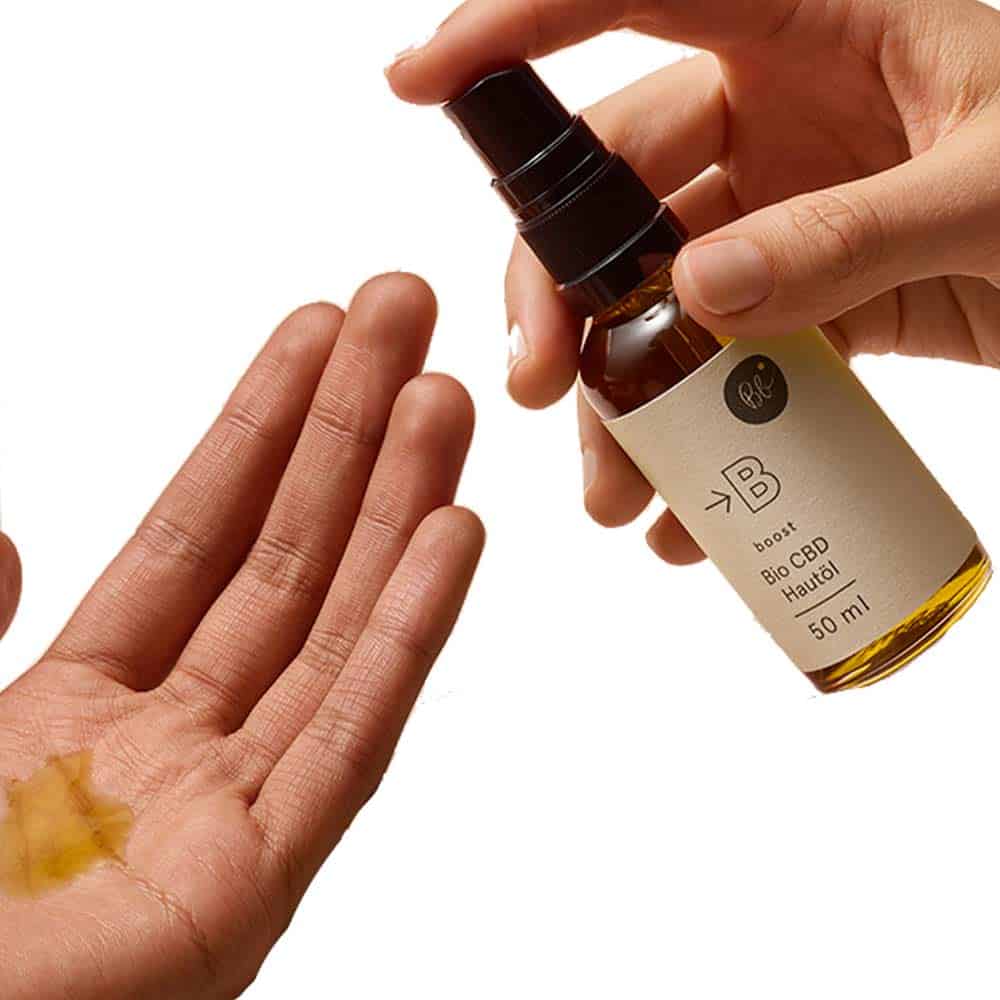
FAQ
- What does propolis taste like?
Resinous and lightly herbal, often described as “forest-like.” Pair with warm water, lemon, or honey if you’re new to it. - Spray or drops — which should I start with?
Start with a spray for convenience. Add drops if you enjoy a warm-cup ritual in the evening. - Can I use propolis daily?
Many people do. Follow label guidance and stay consistent rather than increasing servings. - Is propolis suitable for everyone?
If you have allergies to bee products or tree resins, proceed cautiously or consult a professional first. - Alcohol-free options?
Some formulations avoid alcohol; they’re useful for sensitive users. Check the specific product page in the Bedrop Propolis collection. - How should I store it?
Cool, dry place away from direct sunlight. Keep caps closed tightly, and shake tinctures gently if they’ve sat awhile. - Can I mix propolis with tea or coffee?
Use warm (not boiling) water to preserve character; add to tea once it’s drinkably warm. Coffee’s stronger flavor can mask notes — personal preference applies. - How long does a bottle last?
Depends on format and daily use. Sprays go quickly with frequent micro-servings; drops last longer if you reserve them for a nightly ritual.


